individual.backToEducation
Preparación,
Medio Ambiente,
Seguridad
Preparación,
Medio Ambiente,
Seguridad
Preparación, Medio Ambiente, Seguridad
The Importance of Sunscreen on Shady Routes

Carmen Marino
individual.team educación
Introducción
We may believe that it is not necessary to use sunscreen when we are going to go to a route with a lot of shade, but it is a mistake. The sun's radiation passes through clouds, is reflected from the ground and can cause skin injuries.
Solar radiation
There are days when we think that it is not necessary to use sunscreen because we are going on an excursion with lots of trees and shadows, or simply because the day is cloudy.
Even if there is shade, ultraviolet radiation reverberates on the floor, and is diffused into the atmosphere. Also, 90% of UV radiation is known to pass through clouds.
During a hike there is greater exposure to UV radiation because in the mountains the atmospheric layer is thinner, so the higher the higher the UV radiation. Every 1000 meters of altitude, UV radiation increases between 10% and 12%.
Solar radiation
There are days when we think that it is not necessary to use sunscreen because we are going on an excursion with lots of trees and shadows, or simply because the day is cloudy.
Even if there is shade, ultraviolet radiation reverberates on the floor, and is diffused into the atmosphere. Also, 90% of UV radiation is known to pass through clouds.
During a hike there is greater exposure to UV radiation because in the mountains the atmospheric layer is thinner, so the higher the higher the UV radiation. Every 1000 meters of altitude, UV radiation increases between 10% and 12%.
Effects to avoid
Yes, exposure to sunlight helps increase our Vitamin D, which improves the functioning of the human body, but it is important to know that excess exposure has both short and long term consequences. The short effects are the red burns or “burns” that we can see on our body right after being exposed to the sun for a long time without sunscreen. Long-term effects include freckles, blemishes on the skin, early aging, and skin cancer
.Effects to avoid
Yes, exposure to sunlight helps increase our Vitamin D, which improves the functioning of the human body, but it is important to know that excess exposure has both short and long term consequences. The short effects are the red burns or “burns” that we can see on our body right after being exposed to the sun for a long time without sunscreen. Long-term effects include freckles, blemishes on the skin, early aging, and skin cancer
.Recommendations
During a hike, it is recommended to use SPF 30 or 50 sunscreen, apply sunscreen 15 to 30 minutes before the excursion, and replicate every two hours. It is also recommended to wear appropriate clothing that contributes to sun protection such as hats, sunglasses, long-sleeved shirts, and pants suitable for
the excursion.Recommendations
During a hike, it is recommended to use SPF 30 or 50 sunscreen, apply sunscreen 15 to 30 minutes before the excursion, and replicate every two hours. It is also recommended to wear appropriate clothing that contributes to sun protection such as hats, sunglasses, long-sleeved shirts, and pants suitable for
the excursion.Take care of fresh water
It's important to be aware of the consequences of using sunscreen in fresh water. Sunscreens release chemicals that remain in the water, and that damage the ecosystem. For excursions that involve water, it is recommended to protect yourself from solar radiation by wearing appropriate clothing instead of
sunscreen.Take care of fresh water
It's important to be aware of the consequences of using sunscreen in fresh water. Sunscreens release chemicals that remain in the water, and that damage the ecosystem. For excursions that involve water, it is recommended to protect yourself from solar radiation by wearing appropriate clothing instead of
sunscreen.
